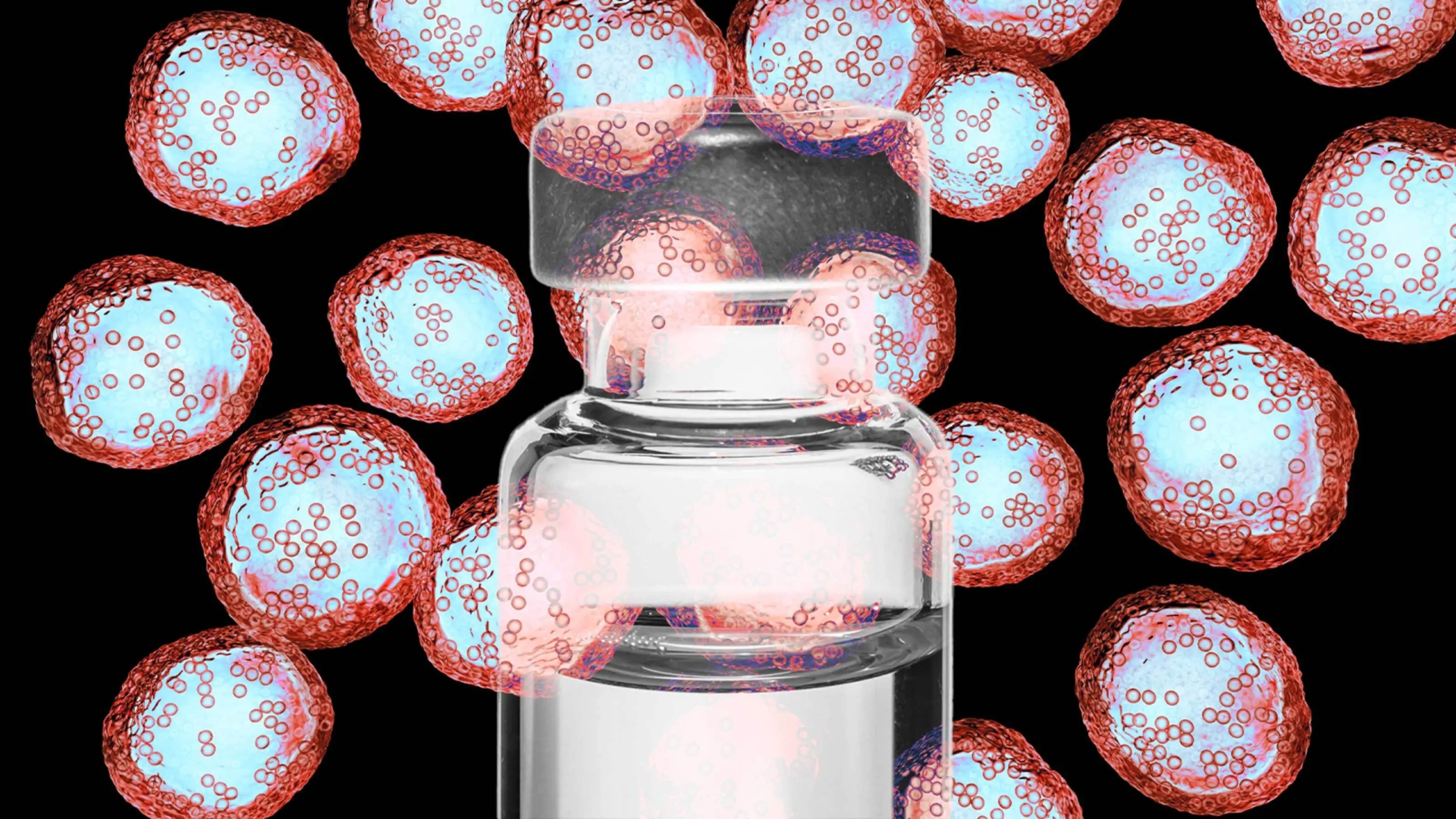Humans are exposed to 44 times as much BPA as previously assumed

Shutterstock
- Bisphenol A, or BPA, is produced at a massive scale in order to manufacture plastics.
- It's been linked to a wide variety of negative health effects, but regulatory agencies have mainly left the chemical alone due to its usefulness and the low exposure levels found in humans.
- However, a new study found that the method that most researchers have used to measure BPA exposure in humans drastically underestimates the actual exposure.
Bisphenol A (BPA), a chemical used in the manufacture of plastics, has a nasty reputation. In fetuses, BPA exposure is linked with growth, metabolism, behavior, and fertility issues as well as a greater risk for cancer. It disrupts the endocrine system, mimicking the action of estrogen and blocking androgen, leading some to cite it as a possible cause for lower testosterone rates in men. In the environment, it interferes with the growth of aquatic and plant life as well.
Despite this, over a million pounds of BPA are released into the environment every year. Regulatory agencies have mainly left BPA alone, as it can be used to craft high-performing polycarbonate plastic and epoxy resins for use in food storage containers, automobiles, electronics, and other products. Additionally, it has a rapid half-life of just a few days, and human exposure levels appear to be low. According to the FDA website,
People are exposed to low levels of BPA because, like many packaging components, very small amounts of BPA may migrate from the food packaging into foods or beverages. Studies pursued by FDA’s National Center for Toxicological Research (NCTR) have shown no effects of BPA from low-dose exposure.
However, a recent study published in The Lancet Diabetes & Endocrinology has determined that regulatory agencies such as the FDA may be drastically underestimating human exposure levels to the potentially toxic compound. Comparing regulatory agencies’ measurement methodologies with their own, the researchers found that regulators may be underestimating human exposure to BPA by as much as 44 times
.
A more precise method
Regulatory agencies rely on an indirect method to measure BPA exposure. The trouble arises from the difficulty of measuring BPA metabolites directly. When our body processes a substance, the end result is a metabolite — in this case, the relevant metabolites are known as BPA glucuronide and BPA sulfate, which are excreted in urine.
But the indirect method does not measure these metabolites; instead, it uses an enzyme solution derived from snails to revert the two metabolites back into regular BPA, which is more easily measured.
The researcher’s new method, however, was capable of measuring BPA’s metabolites directly, thus providing us with a clearer picture of how much an individual had been exposed.
The research team analyzed samples of synthetic urine spiked with BPA and 39 human samples. Twenty-nine of these came from pregnant women. Since BPA exposure has the most damaging effects on developing fetuses, studying its effects on pregnant women is particularly important. These analyses revealed a troubling feature of the indirect method — the more BPA present in the sample, the worse the indirect method was at predicting the actual level. As a result, the indirect method was revealed to underestimate BPA by up to 44 times in some cases.
Why was this discrepancy so large? The researchers had a few speculations. First, it seems likely that the enzyme solution was imperfect at reverting the BPA metabolites back into BPA. The researchers also argued that this solution could be transforming BPA glucuronide into products other than BPA, although they did not identify any possible alternate products in their samples.
The findings also have a larger implication for regulatory policy beyond BPA. Many other potentially harmful chemicals are measured using similar indirect methods, including phenols and phthalates, which are found in a wide array of products. It’s conceivable that the real human exposure to these substances also exceeds safety levels — though more research is needed.
BPA is produced on a massive scale in industry, and there is little consensus about its health effects in the scientific community. Since this recent finding shows that humans are being exposed to far, far more than originally thought, researchers and regulatory agencies must identify how exactly BPA exposure affects the human body and reconsider assumptions regarding the chemical’s safety.





